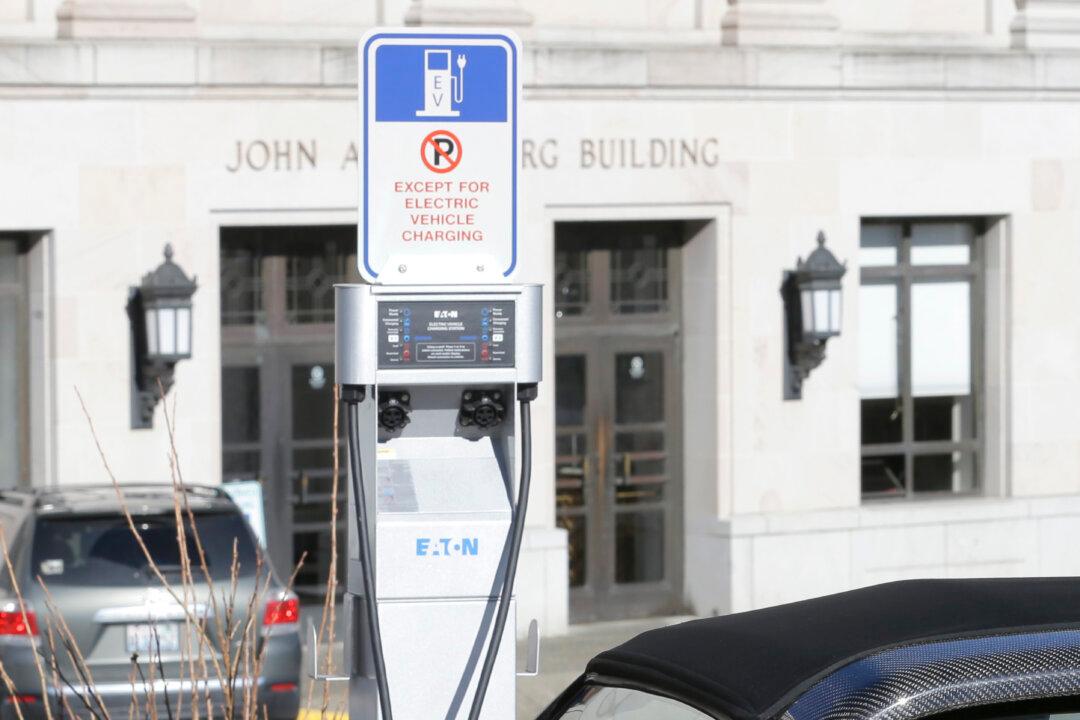Commentary
President Joe Biden and the green agenda in the United States have placed a big bet on electric vehicles (EV). The administration’s infrastructure plan has scheduled the construction of 500,000 new charging stations.

President Joe Biden and the green agenda in the United States have placed a big bet on electric vehicles (EV). The administration’s infrastructure plan has scheduled the construction of 500,000 new charging stations.